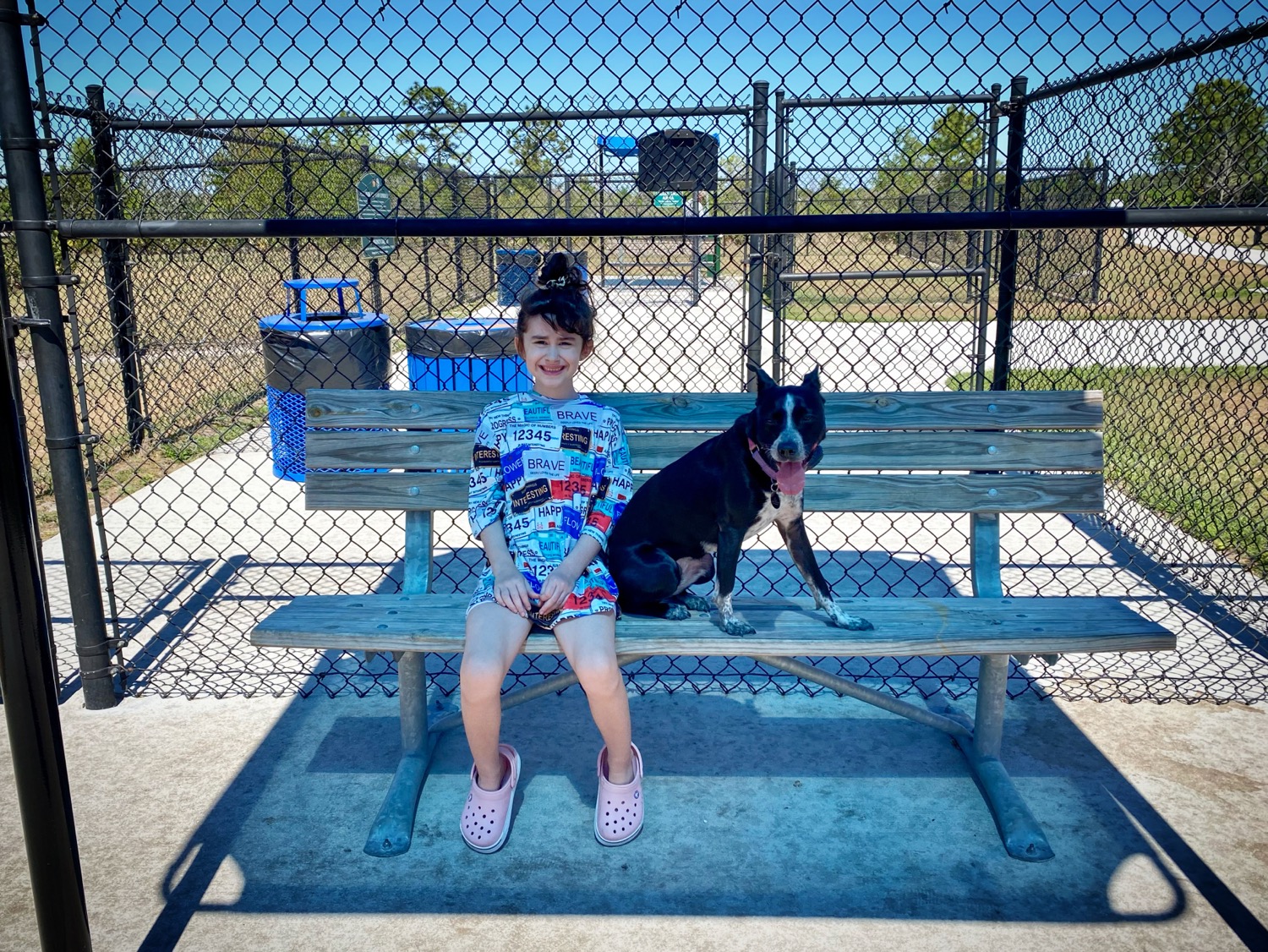Setting the Boundaries: Comprehensive Guide to House Training Your Dog
- Jason Parks
- Oct 25, 2023
- 3 min read
Introduction House training, also known as potty training, is one of the most crucial aspects of bringing a new dog into a household. Beyond just teaching a dog where to relieve itself, house training establishes boundaries and fosters mutual respect between dogs and their owners. This guide, presented by a leading dog training business, provides an in-depth look into the steps, strategies, and significance of implementing house training effectively.
1. The Importance of House Training
Maintaining Cleanliness: A well house-trained dog minimizes the risk of indoor accidents, preserving the hygiene of the household.
Establishing Boundaries: House training goes beyond potty routines; it helps in setting restrictions on which areas of the house dogs can access.
Building a Healthy Relationship: Effective house training reduces frustrations due to accidents, leading to a better bond between the dog and the household members.
2. Before Beginning House Training
Understanding Puppy Development: Young puppies, until about 16 weeks of age, don't have full bladder control. Set expectations accordingly.
Prepare the Space: Identify a specific outdoor spot for the dog to relieve itself. For indoor boundaries, decide which rooms or areas are off-limits.
3. The Four Pillars of House Training
Consistency: Stick to a regular feeding and potty schedule. Consistency helps dogs learn routines faster.
Supervision: In the early stages, always supervise the dog when it's indoors to prevent accidents and to reinforce boundaries.
Confinement: When unsupervised, confine the dog to a designated area or crate to minimize accidents.
Positive Reinforcement: Praise and reward dogs immediately when they follow the house rules or relieve themselves in the designated spot.
4. Implementing a Schedule • Feeding Routines: Regular feeding times lead to predictable potty times.
Potty Breaks: Puppies need frequent potty breaks. An average guideline is their age in months plus one, representing the number of hours they can hold it.
Bedtime Routine: Ensure the dog gets a chance to relieve itself before bedtime to prevent nighttime accidents.
5. Dealing with Accidents
Immediate Intervention: If a dog begins to have an accident indoors, interrupt it (without scaring the dog) and take it to the designated spot immediately.
Clean Thoroughly: Use enzyme-based cleaners to remove scent traces, as dogs tend to relieve themselves in spots that smell like urine.
Avoid Punishments: Never punish a dog after discovering an old accident. It won't understand and might become fearful.
6. Setting Indoor Boundaries
Use Baby Gates: These provide physical barriers that designate dog-free zones in the house.
Training Mats: These can be used to signal areas where the dog can sit or lie down.
Consistent Commands: Use clear, consistent commands like "off" for furniture or "out" for certain rooms.
7. Challenges in House Training and Their Solutions
Submissive or Excitement Urination: Some dogs urinate when excited or feeling submissive. Be calm during greetings and avoid scolding to mitigate this behavior.
Marking: Neutering or spaying can reduce marking behaviors. Clean marked areas thoroughly to prevent repeated marking.
8. House Training Adult Dogs
Understand the Background: An adult dog may have established behaviors. It might require more patience and consistent re-training to adapt to new routines.
Focus on Positive Reinforcement: Older dogs respond well to rewards and praise, reinforcing desired behaviors.
9. The Role of Crate Training
Safe Haven: Dogs view crates as their den, a safe space. It can be an effective tool in house training, especially in preventing accidents when unsupervised.
Crate Size Matters: Ensure the crate is large enough for the dog to stand, turn, and lie down, but not so large that it might designate a corner for relieving itself.
10. Celebrating Milestones and Continuous Reinforcement
Acknowledge Progress: Celebrate small successes in house training to motivate both the dog and the trainer.
Stay Vigilant: Even after successful house training, keep an eye out for signs or changes in behavior. Addressing issues promptly ensures lasting success.
Conclusion House training is more than just teaching a dog where and when to relieve itself; it's about cultivating a harmonious coexistence between dogs and their families. With clear boundaries, consistent routines, and a touch of patience, dogs can be seamlessly integrated into household living. For further expertise and tailored guidance, consider seeking the services of professional dog training businesses. With their assistance, the journey of house training becomes more structured, efficient, and rewarding.




Comments